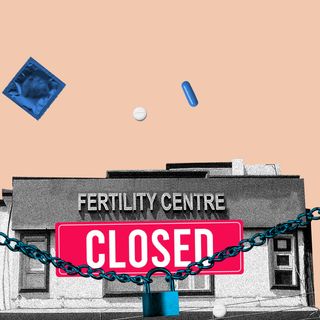According to a new set of guidelines by a team of experts in the U.S., rates of sexually transmitted infections, or STIs, could be lowered significantly if people were counseled about risky sexual behavior during regular medical checkups.
Released by the U.S. Preventive Services Task Force (USPSTF), which comprises an independent panel of experts that systematically reviews evidence of effectiveness, and develops recommendations for clinical preventive services, the recommendations were last updated in 2014. The present set, published this week in JAMA Network, was released after the USPSTF examined evidence regarding the benefits of behavioral counseling in reducing the likelihood of STIs among individuals “at increased risk.”
Individuals “‘at increased risk” include all sexually active adolescents, and adults, who currently have, or have had, STIs within the past year, do not use condoms regularly, and have multiple sex partners. And, the intervention approaches recommended by the USPSTF are in-person counseling, telephone support, text messages, and videos, websites, or written materials — providing training condom use, and other safe sex practices, including communication about safer sex.
Related on The Swaddle:
No Rimming, Kissing or Face‑to‑Face Positions: Covid19 Safe Sex Guidelines Differ Across the World
“Counseling interventions can actually potentially reduce the rate of sexually transmitted infection by about a third. That’s astonishing,” Dr. Melissa Simon, a professor of obstetrics and gynecology at the Northwestern University Feinberg School of Medicine, and a member of the USPSTF involved in the study told NBC. And, while the study notes with “moderate certainty” that this approach will reduce the prevalence of STIs, it also examined whether there could be any downsides to such interventions in the form of increased sexual activity in adolescents or perceptions of shame or stigma, and found no “consistent evidence” for the same.
According to a 2018 report by the CDC, rates of STIs like chlamydia, gonorrhea, and syphilis, are at an all-time high in the US, with nearly 2.5 million cases. In addition, the CDC also estimates that people between the ages of 15 to 24 account for 50 percent of the 20 million new STIs that occur in the US each year, even though they make up just over one-quarter of the sexually active population — demonstrating the need to educate the youth about safe sex. In India too, the statistics aren’t starkly different. Reports suggest that: first, a significant chunk of new cases of HIV/AIDS in India occur among people aged 15 to 24; and second, in the absence of authentic sources on safe sex practices, adolescents and young adults frequently get their information from peers or mass media, which is often inaccurate, and leads to inadequate knowledge about safe sex practices.
“Sex is part of life. So the more we can do to prevent and educate —education is one of the ways to prevent these infections — the better off we’ll all be,” Dr. Toni Darville, from the UNC Children’s Research Institute, said in 2019.




